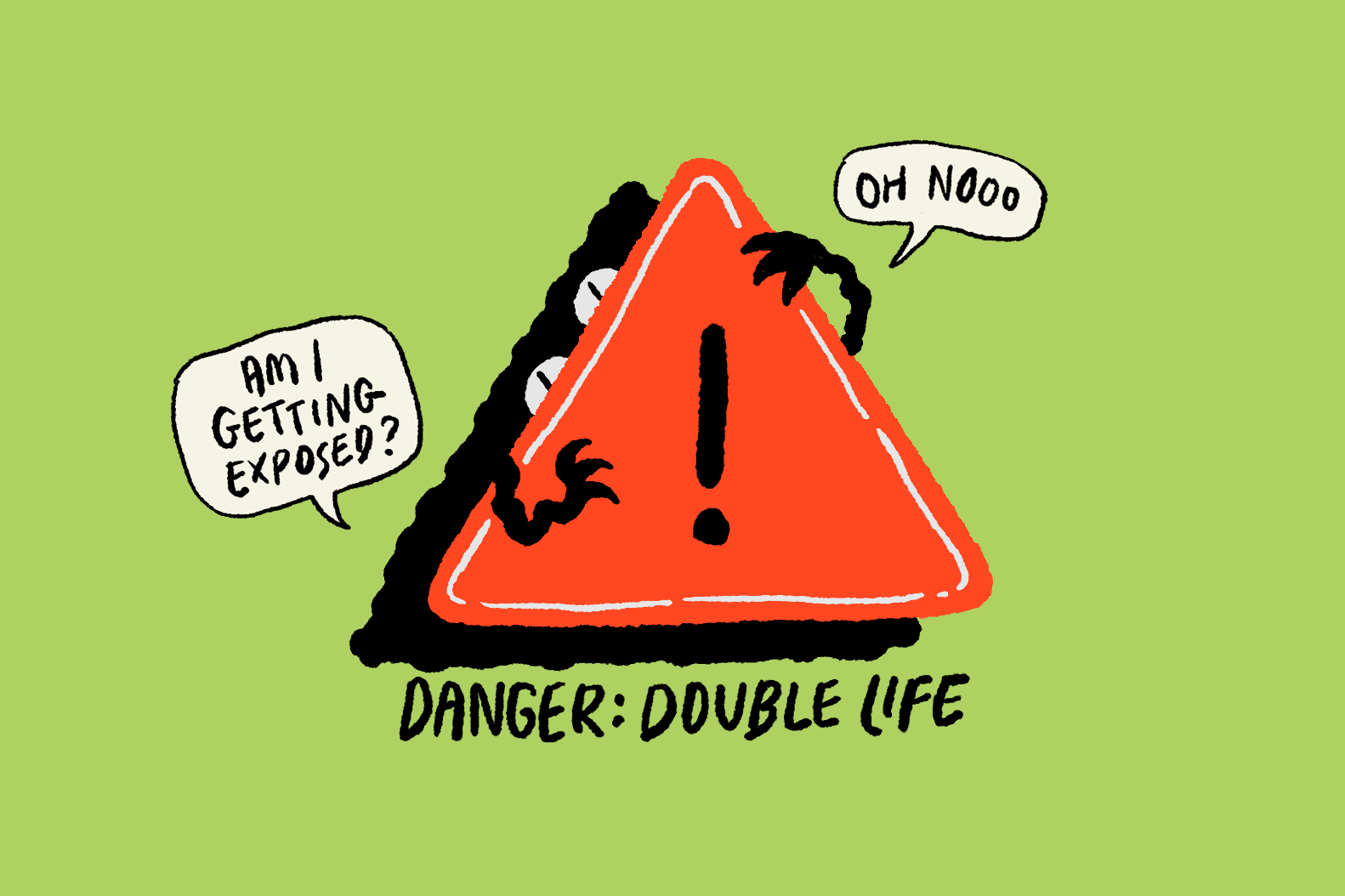This may go by different names in different churches, like action group, care group, life group, etc. But, essentially, cell groups are part of the small group ministry of the church.
Some of us remember a time when there were no small groups. The primary platform for Christian education was Sunday School.
But a day came when the churches realised that healthy fellowship was a key component of the Christian life, and neither Sunday corporate worship services nor Sunday School classes were providing the platform for the experience of face-to-face relationships.
So, the small group movement began and is now part of the life of most churches. But how are your small groups doing?
The COVID-19 pandemic means it is not business as usual. Hasn’t been for a while.
This has affected all the main gatherings of the church — our Sunday corporate worship and our small groups.
Most church small groups meet once a week for people to connect and worship, study, fellowship and some for ministry.
But for now, even our small groups can’t physically meet.

We have tried different things:
- Meeting online
- Meeting in different homes with the two allowed visitors combining with the residents of the home (and maybe all such gatherings connecting online at the same time)
- Dividing the small group into even smaller groups (micro groups of three)
Some of these adaptations are working. But many churches report their small group ministries are suffering.
I think this pandemic is a stress test for our small groups. It will reveal to what degree our people are committed to their small groups.
3 LEVELS OF COMMITMENT
1. Committed to the activity of the group
These are folks who are committed to the small-group meeting — 8-10pm every Friday, for example.
They have some needs met in the gathering, so they show up for the small group meeting.
But now that face-to-face meetings are not possible — in other words, the usual activity of the group is not happening — these folks may not “show up”.
Their main commitment was to the group activity which met certain needs in their lives. Since that is no longer happening, they then look for other platforms to meet their needs.

2. Committed to the people in the group
In a healthy group, the main focus is not just on “getting your needs met”.
It is on the relationship one has with the other members of the group. The small group is seen as a mini-family and therefore a place to do life, to give and to receive from each other as we follow Christ together.
The small group is not just about getting their needs met. It is a group of God’s people called to do God’s work. The group has a missional, outward-looking perspective.
And because the commitment is to the people and not to the usual activity (the weekly Friday night meeting, for example), when that is no longer happening, they will work at connecting in other ways.
These folks will not “disappear”, but will try their best to work at connecting in other ways.
3. Committed to the mission of the group
Ideally, the members of a small group are not just connected to the people in their small group, but are also committed to what the Lord has called the group to do — the mission of the group.
They understand that the small group is not just about getting their needs met. It is a group of God’s people called to do God’s work. The group has a missional, outward-looking perspective.
In the chaos of the pandemic, the group is not only asking how do we now connect in these challenging times, it is also asking how do we do ministry in these times?
How then do we show God’s love to a hurting world? How do we do the Great Commission now?
Indeed, are there new opportunities for ministry in the present chaos?
The pandemic, then, is a good time to look at the level of commitment of your small group members.
I am sure there will be people at all three levels of commitment, and we are called to love them all.
Some will be committed to the activity of the group, and we may lose such people from the small group. We thank God for those committed to the people of the group and to the mission of the group.
But the pandemic is not just a time to check the health of our small groups. It is a time to take a long, hard look at the philosophy of our small group ministry.

What is the purpose of the small groups in our churches? Is it just to meet the need for fellowship for our people?
Or is it more than that? Is it a platform for our people to live out God’s call to love one another and to spur one another to love and good deeds?
How healthy are our small groups?
This article was first published on Graceworks and has been adapted and republished with permission.
- How healthy is your cell group on a scale of 1-7?
- Activity, people, mission. What is your cell group committed to?
- What is one practical way can you shift the needle in your cell group?










